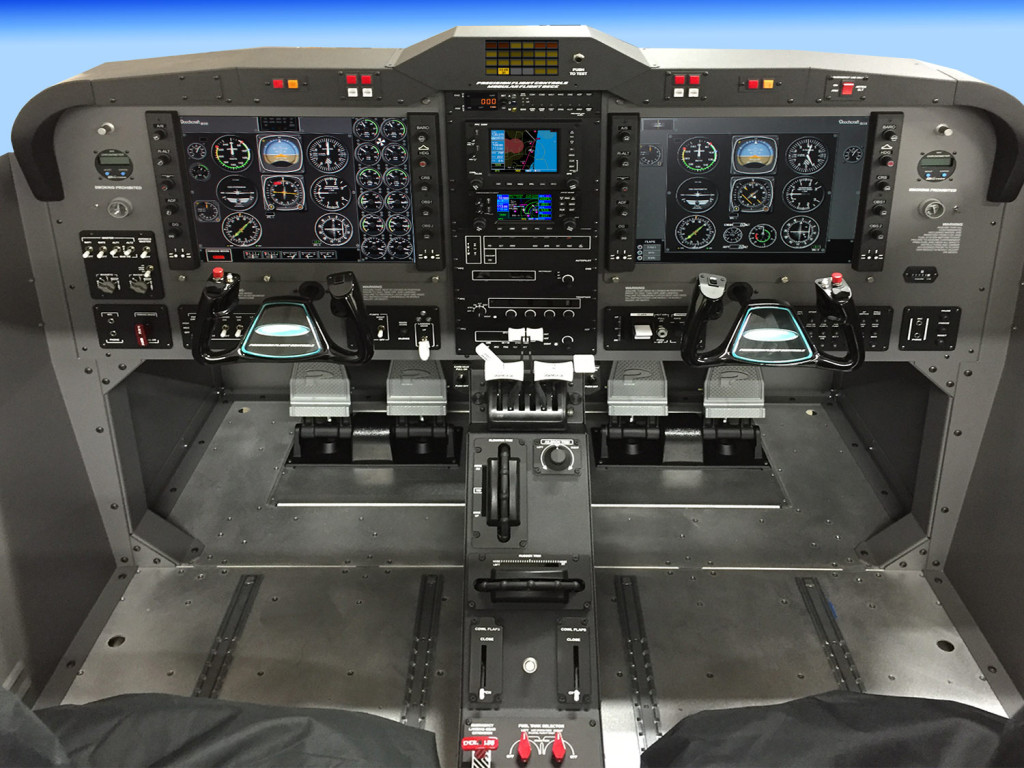

The tkg init command starts the creation of the bootstrap cluster. Launch the management cluster deployment using the tkg command line tool.
CONTROLPLANE MULTIPLE DESKTOP PASSWORD
There is no password authentication enabled on the TKG nodes so this is the only way you’ll be able to SSH to the nodes.
CONTROLPLANE MULTIPLE DESKTOP INSTALL
This is checked and reported on at install time. The version is dependent on the version of TKG cluster being deployed. The kubectl binary will need to be available as well.Docker will need to be installed on your device.Whichever device you decide to use, you will need the following components available to successfully deploy the cluster. It is envisioned that you should be able use your laptop or desktop or even a VM to deploy TKG. Variations of the following visualization has been a used a lot to help understand how it all ties together, so I’ll share it here once more. Kind is a tool for running local Kubernetes clusters using Docker container “nodes”. The simple Kubernetes cluster is based on Kind. A simple Kubernetes cluster is first stood up, and this is then used to deploy a more substantial Kubernetes cluster via Cluster-API, in our case the TKGm Management cluster. Without getting into the weeds too much, this deployment mechanism relies heavily on Cluster-API, “a Kubernetes project to bring declarative, Kubernetes-style APIs to cluster creation, configuration, and management”. While the tkg CLI allows you to deploy to both vSphere and AWS, I will focus on vSphere only in this post.

Here is another from Chip Zoller and another great one from Kendrick Coleman. Here is one from William Lam (a sort of tech preview). Now, there are a number of excellent posts out there on TKG already. This post will look at TKG multi-cloud ( TKGm) version 1.1.2 and in particular the tkg command line tool to first deploy a TKG management cluster, and once that is stood up, we will see how simple it is to deploy additional workload TKG clusters. In other words, deploy TKG without vSphere with Kubernetes, or VMware Cloud Foundation (VCF) for that matter. After spending quite a bit of time looking at vSphere with Kubernetes, and how one could deploy a Tanzu Kubernetes Grid (TKG) “guest” cluster in a namespace with a simple manifest file, I thought it was time to look at other ways in which customers could deploy TKG clusters on top of vSphere infrastructure.


 0 kommentar(er)
0 kommentar(er)
